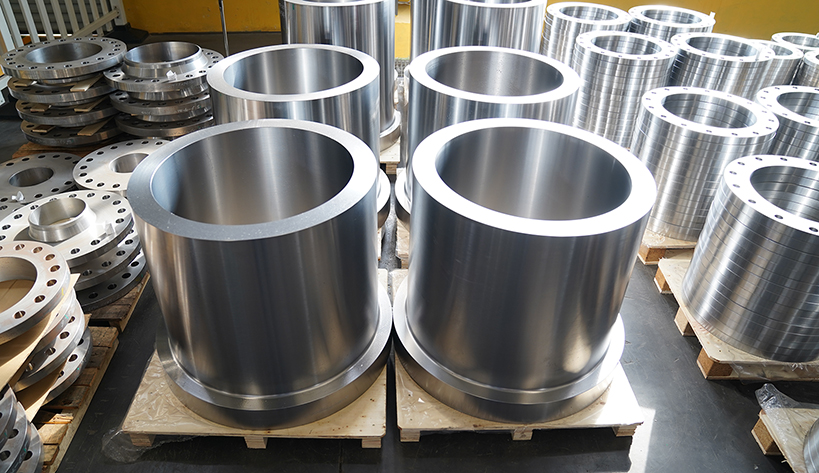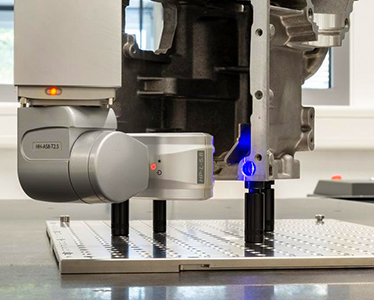Large forgings
2023-08-05
Large forgings should not only meet the requirements of the shape and size of the parts, but also it is important to break the defects of the casting organization, fine grain, uniform organization, shrinkage hole, porosity and porosity of the forging, and improve the internal quality of the forging. The larger the ingot size, the more serious the ingot defect, the more difficult it is to improve the forging defect, and Maple increases the difficulty of forging. In the forging process, upsetting and drawing is the most basic process, but also an indispensable process, for the shape of the special forging, die forging is essential
1. Upsetting process
In the free forging production of large forgings, upsetting is a very important deformation process. The reasonable selection of upsetting parameters plays a decisive role in the quality of large forgings. Repeated upsetting can not only increase the forging ratio of billet, but also break carbide in alloy steel to achieve uniform distribution. It can also improve the transverse mechanical properties of forgings and reduce the anisotropy of mechanical properties.
Large cake forgings and wide plate forgings are the main deformation of upsetting, and the amount of upsetting deformation is large, but the ultrasonic inspection scrap rate of this kind of forgings is very high, mainly because of the transverse internal crack layer defect, but the current process theory can not explain this. For this reason, since the 1990s, Chinese scholars have studied the upsetting theory from the main deformation zone and the passive deformation zone. The tensile stress theory of the rigid plastic mechanical model and the shear stress theory of the hydrostatic stress mechanical model when the plate is upset are proposed. At the same time, a large number of qualitative physical simulation experiments are carried out, and the generalized slip line method and mechanical block method are used to solve and analyze the stress state inside the workpiece. A large number of data prove the rationality and correctness of the theory. The distribution law of the internal stress when the cylinder is upset by an ordinary plate is revealed. Then a new process of the conical plate upsetting is put forward, and a rigid plastic mechanical model of the square cylinder upsetting is established.
Second, the drawn-out process
Drawing length is a necessary process in the forging process of large-scale shaft forgings, and it is also the main process that affects the quality of forgings. Through drawing length, the billet cross-sectional area is reduced, the length is increased, and the coarse crystal is broken, the internal porosity and holes are forged, and the cast structure is refined, so as to obtain homogeneous dense high-quality forgings. At the same time of studying the drawing process of flat anvil, people gradually began to realize the importance of the stress and strain state inside the large forgings on the internal defects of forging, from the ordinary drawing length of the flat anvil, to the drawing length of the V-shaped anvil under the flat anvil and the drawing length of the V-shaped anvil above and below the flat anvil, and then to the later by changing the drawing anvil shape and process conditions. WHF forging method, KD forging method, FM forging method, JTS forging method, FML forging method, TER forging method, SUF forging method and new FM forging method are put forward. These methods have been applied to the production of large forgings and achieved good results.
























































